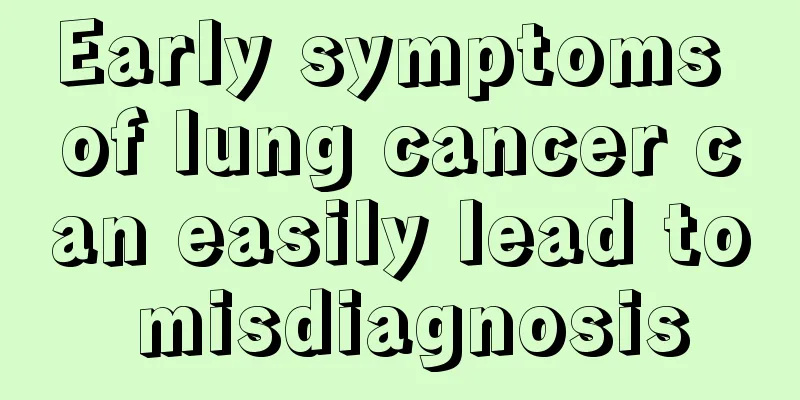The difference between cardiology and cardiac surgery

|
When going to the hospital to see a doctor for heart disease, I believe patients will have noticed that the subject of heart disease is divided into cardiology and cardiac surgery. Cardiology and cardiac surgery are two different observation and treatment methods based on different heart symptoms, so patients should decide whether to see a cardiac surgeon or a cardiologist based on their own heart disease. Therefore, it is particularly important to understand the difference between cardiology and cardiac surgery. Both cardiology and cardiac surgery are related to heart diseases. Generally, most cardiology diseases can be treated with medication, including coronary heart disease, hypertension, hyperlipidemia, arrhythmia, cardiomyopathy, cardiovascular disease, heart failure, rheumatic diseases, etc., which cannot be treated with heart surgery. Diseases in cardiac surgery require surgical treatment, including esophageal cancer, mediastinal disease, lung cancer, rheumatic heart disease, valvular heart disease, and aortic dissection, which can be treated through heart bypass surgery and open-chest surgery. What does cardiology examine? The main organs of the human body, including the heart, liver, spleen, lungs, and kidneys, are all within the scope of internal medicine physical examinations, and can be used for preliminary screening and diagnosis of many diseases and signs, such as bronchitis, pneumonia, pleurisy, arrhythmia, pericarditis, cardiopulmonary insufficiency, congenital heart disease, hepatosplenomegaly, anemia, jaundice, etc. The inspection contents mainly include the following aspects. 1. Chest: Check for abnormal chest cage, which is often seen in people with chronic wasting diseases and vitamin D deficiency. 2. Lungs and pleura: understand the breath sounds, the presence of rales and inflammation, etc. 3. Pulse: whether the frequency is normal and the pulsation is regular. 4. Blood pressure: measures the lateral pressure exerted on the blood vessel wall by the blood flowing in the blood vessels. 5. Heart: Detect heart disease early. 6. Liver: By touching the texture of the liver, you can understand the nature of the liver. Under normal circumstances, the liver is soft, in chronic hepatitis the liver is tough, and in cirrhosis the liver is hard. You can also tell whether the liver is diseased by whether there is tenderness. 7. Spleen: whether it is enlarged or not, the degree of enlargement, whether there is infection, congestion, tumor, etc. 8. Kidneys: size, hardness, mobility, etc., to prevent kidney tumors. 9. Abdomen: shape, hardness, whether there are lumps, etc. I believe that through the above content, everyone knows what types of diseases the cardiology department established in the hospital treats. As the saying goes, the right medicine for the right disease, we have to choose the department according to the characteristics of our own disease. It is very likely that one disease is related to several different departments, and each department uses its professional knowledge to help us treat it. |
<<: Does it hurt to apply iodine to the wound?
>>: How effective is the heated knee pad
Recommend
What is the reason for blushing
Blushing is very common. It is a problem that man...
What are the symptoms and manifestations of prostate cancer? How long can you live with prostate cancer?
Prostate cancer is a malignant tumor with a very ...
What are the fastest ways to treat constipation?
Nowadays, many people suffer from constipation, w...
What are the risk factors for lung cancer
Risk factors for lung cancer include long-term sm...
Will bladder cancer affect life expectancy
Whether bladder cancer affects life expectancy de...
Is a mole that becomes larger and cauliflower-shaped during pregnancy melanoma?
The high-risk group for melanoma is the elderly, ...
Several symptoms of bladder cancer that need everyone's attention
Bladder cancer is a disease that people find very...
Is hamartoma harmful to the human body?
Hamartomas grow in many parts of the body, such a...
Why does gastritis affect absorption
In real life, gastritis is a relatively common st...
How long can you live with peritoneal metastasis of gastric cancer
If gastric cancer has already metastasized, it me...
Does Epimedium Capsule have any side effects
Many male friends should be very familiar with th...
Is there any scientific basis for low carbohydrates to prevent colorectal cancer?
Is there any scientific basis for low carbohydrat...
What are some good ways to maintain health?
Maybe many people don’t know much about good heal...
What is the function of anhydrous sodium sulfate
In life, many people have heard of the substance ...
Hoarseness after tonsillitis
People with inflamed tonsils will have mucus in t...









